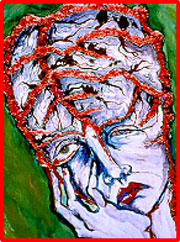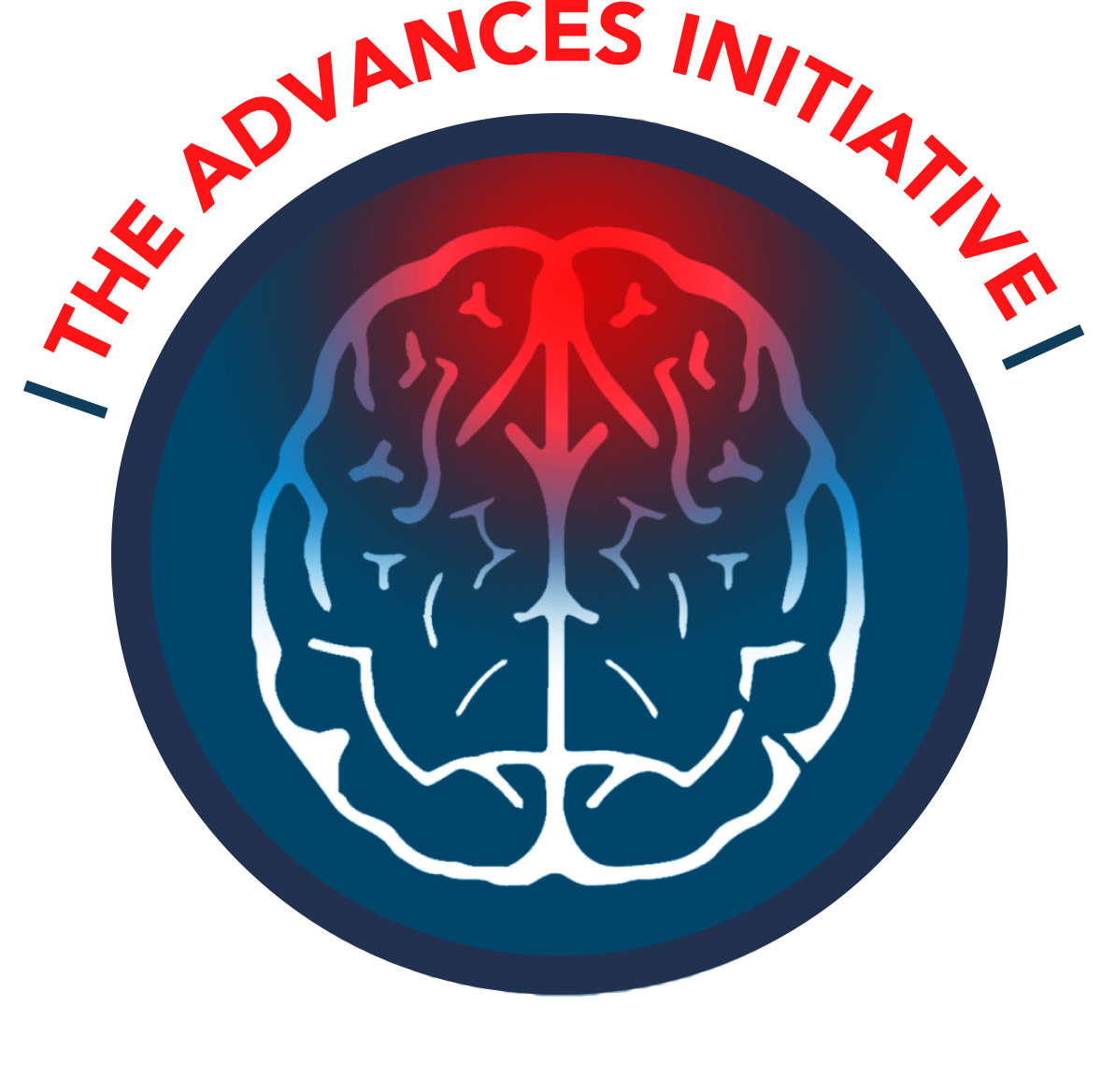Pathophysiology
The causes of migraine are becoming understood. The two leading hypotheses for the development of migraine are vascular and neurovascular. Recent research has identified additional contributing factors, including a familial component and some genetic markers.1,2 Current hypotheses include:
- Vascular hypothesis (no longer believed to be true)1
- Intracranial vasoconstriction leading to aura
- Secondary vasoconstriction resulting in pain
- Neurovascular hypothesis1
- Disorder of endogenous pain-modulating systems
- Involvement of the trigeminovascular system, leading to multisensory disturbances (light, sound, smell, and nausea)
- Genetics
- A complex polygenic condition possibly involving the glutamate pathway3,4
- 90% have a family history.
- Female sex hormones
- Hormonal differences are a possible explanation for the higher incidence in women.5
- Oxidative Stress
- Oxidative stress may be associated with all types of migraine triggers.6
- Adipokines
- Limited information suggests a possible association between adipokines, which are mostly generated by adipose tissue, and migraine.7
Migraine can be described as a “complex brain event.”8 Research utilizing functional MRI has shown that migraineurs exhibit an atypical response to sensory stimuli.9 Brains of those with migraine have been found to be altered structurally and functionally, with molecular and anatomical abnormalities, and an apparent familial tendency to generalized neuronal hyperexcitability.3-9
- Migraine attacks may originate in subcortical regions of the The prefrontal cortex and several other regions of the brainstem exhibit enhanced activation during a migraine attack. There is a concomitant reduction of activity in some other areas of the brain.9
- There may also be initial peripheral-based pathology via sensory nerves surrounding blood vessels of the head and neck and neurons that supply intracranial vasculature and dura mater. Activation of the trigeminal system occurs, followed by the release of neuropeptides from trigeminal nerve endings, leading to vasodilatation.11
- CGRP is a critical component of migraine pathophysiology.10,11 CGRP is a very potent vasodilator and also modulates pain.11 Several regions of the brainstem may be involved in CGRP signaling. During a migraine attack, CGRP is released in significant amounts into the cranial venous flow, and CGRP release leads to activation of sensory nerves. Of note, intravenous administration of CGRP can induce migraine symptoms similar to a migraineur’s usual attack, and CGRP may be chronically elevated in chronic migraine sufferers.11
References
- Sinclair AJ, Sturrock A, Davies B, Matharu M. Headache management: pharmacological approaches. Pract Neurol. 2015;15:411-423.
- Dodick DW. A phase-by-phase review of migraine pathophysiology. Headache. 2018;58:4-16.
- Gasparini CF, Smith RA, Griffiths LR. Genetic insights into migraine and glutamate: a protagonist driving the headache. J Neurol Sci. 2016;367:258-268.
- Younger DS. Epidemiology of migraine. Neurol Clin. 2016;34:849-861.
- Vetvik KG, MacGregor EA. Sex differences in the epidemiology, clinical features, and pathophysiology of migraine. Lancet Neurol. 2017;16:76-87.
- Borkum JM. Migraine triggers and oxidative stress: a narrative review and synthesis. 2016;56:12-35.
- Peterlin BL, Sacco S, Bernecker C, Scher AI. Adipokines and migraine: a systematic review. 2016;56:622-644.
- Harmon TP. Diagnosis and management of migraines and migraine variants. Prim Care. 2015;42:233-241.
- Schwedt TJ, Chiang CC, Chong CD, Dodick DW. Functional MRI of migraine. Lancet Neurol. 2015;14;81-91.
- Bigal ME, Walter S, Rapoport AM. Therapeutic antibodies against CGRP or its receptor. Br J Clin Pharmacol. 2015;79:886-895.
- Edvinsson L. The trigeminovascular pathway: role of CGRP and CGRP receptors in migraine. 2017;57(Suppl 2);47-55.

.jpg)
.jpg)
.jpg)
.jpg)

.jpg)
.jpg)

.jpg)
.jpg)
.jpg)
.jpg)
.jpg)
.jpg)
.jpg)
.jpg)
.jpg)
.jpg)
.jpg)
.jpg)
.jpg)
.jpg)
.jpg)
.jpg)
.jpg)
.jpg)
.jpg)
.jpg)
.jpg)
.jpg)
.jpg)
.jpg)
.jpg)
.jpg)
.jpg)
.jpg)
.jpg)
.jpg)
.jpg)
.jpg)
.jpg)
.jpg)
 Copyright © 2025 Med Learning Group. Built by
Copyright © 2025 Med Learning Group. Built by